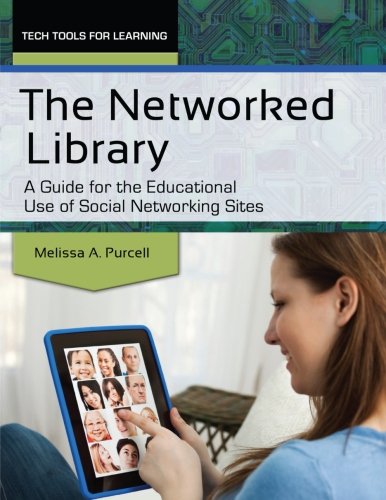

Most ebook files are in PDF format, so you can easily read them using various software such as Foxit Reader or directly on the Google Chrome browser.
Some ebook files are released by publishers in other formats such as .awz, .mobi, .epub, .fb2, etc. You may need to install specific software to read these formats on mobile/PC, such as Calibre.
Please read the tutorial at this link: https://ebookbell.com/faq
We offer FREE conversion to the popular formats you request; however, this may take some time. Therefore, right after payment, please email us, and we will try to provide the service as quickly as possible.
For some exceptional file formats or broken links (if any), please refrain from opening any disputes. Instead, email us first, and we will try to assist within a maximum of 6 hours.
EbookBell Team

4.1
70 reviewsOur Web 2.0 world is based on participation. Incorporating networking sites into classroom lesson plans invites students to participate and get involved using the digital learning styles with which they are already accustomed—interacting with new information, building knowledge, and sharing that knowledge with an authentic, responsive audience.
The Networked Library: A Guide for the Educational Use of Social Networking Sites demonstrates how integrating networking tools that students enjoy using can improve their learning in the classroom. The book is designed to take educators who are new to networking sites from the ground up, while allowing experts to jump directly into the lesson plan chapters. It covers many types of networking sites that educators can use to their advantage: media sharing sites, including YouTube, TeacherTube, Wikimedia Commons, and Flickr; microblogs and wikis such as Wikispaces, PBworks, and Twitter; and social networking sites including Facebook, Ning, and Edmodo.